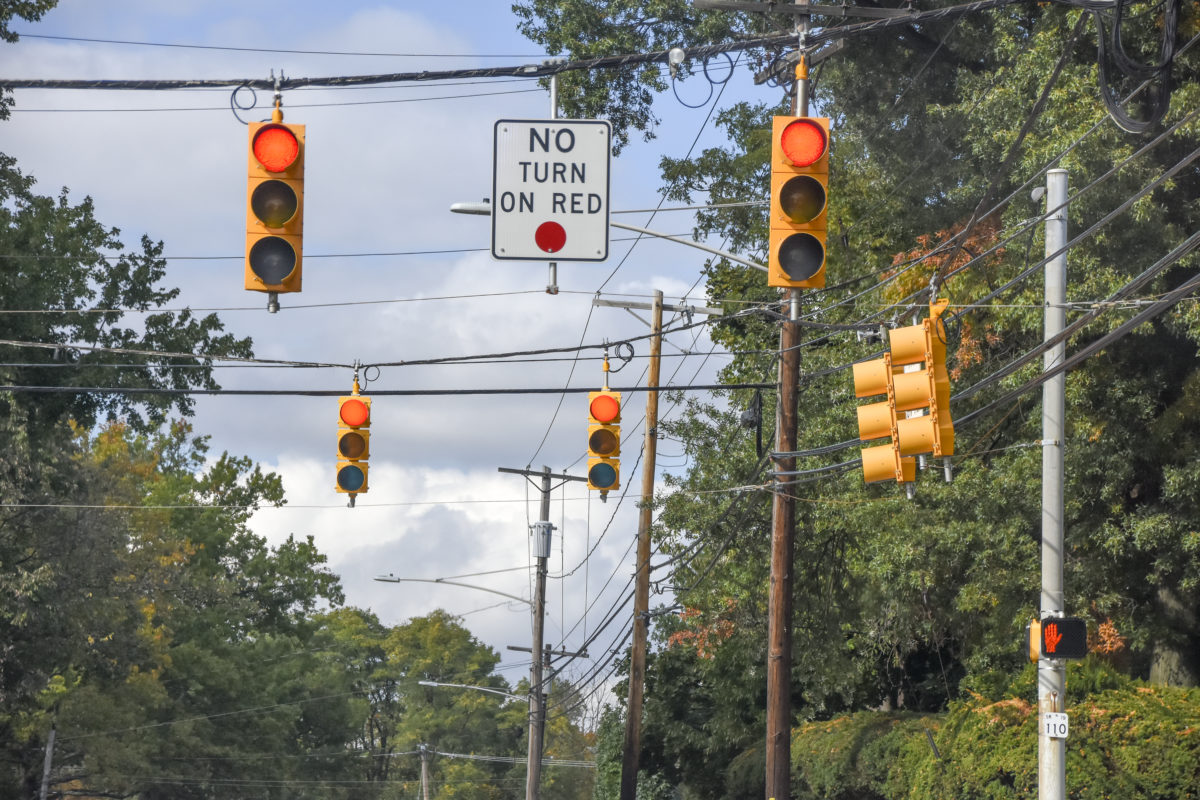The Pennsylvania Department of Transportation has started the phaseout of a downtown Indiana traffic signal.
District 10 officials in White Township said that the traffic signal at Philadelphia and 11th streets will begin operating on flash mode on Monday at 10 a.m.
A spokeswoman said the signal will flash yellow on Philadelphia Street and red on 11th Street, while stop signs will be placed on the 11th Street approaches.
A flashing yellow light means caution, while a flashing red light has the same meaning as a stop sign.
PennDOT said it will study and monitor the intersection during the flashing operation, in preparation for the removal of the traffic signal in the spring as part of the Philadelphia Street Bridge Replacement Project.
It is a planned $3.9 million replacement of two bridges or culverts, one of which carries Philadelphia Street over Whites Run. The other carries Philadelphia Street, where it is part of state Route 286, over Marsh Run.
Read the full story at indianagazette.com
Read more »






